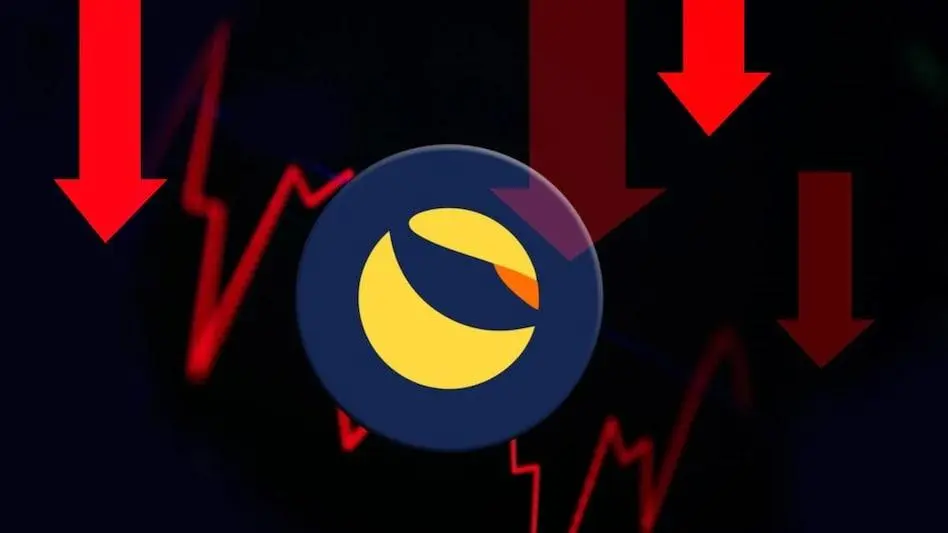Bitcoin Halving
Bitcoin halving is a fundamental process within the Bitcoin network that involves a reduction in the reward given to miners for adding new blocks to the blockchain. To understand this process, it’s essential to grasp the concept of blocks and mining within the Bitcoin ecosystem.
Blocks are essentially files containing transaction records on the Bitcoin blockchain. Miners, who are participants in the network, compete to add the next block by solving complex mathematical problems using specialized hardware. Once a miner successfully solves the problem, they create a unique 64-character output known as a “hash,” which finalizes the block and prevents any further changes to its contents. In return for their efforts, miners receive Bitcoin as a reward.
The Bitcoin halving cycle operates based on a predetermined schedule. When Bitcoin was initially established, miners were rewarded with 50 BTC per block. However, to ensure the long-term sustainability of the currency and to mimic the scarcity of precious metals like gold, the rate at which new Bitcoin is created decreases by half approximately every four years or after every 210,000 blocks mined.
Historically, Bitcoin halving events have occurred in 2012, 2016, and 2020. During the first halving event in 2012, the mining reward decreased from 50 to 25 BTC per block. In 2016, this reward halved again to 12.5 BTC per block. The most recent halving event took place on May 11, 2020, further reducing the mining reward to 6.25 BTC per block.
Looking ahead, the next Bitcoin halving is anticipated to occur in April 2024. This cycle of halving events is expected to continue until around 2140 when the maximum supply of 21 million Bitcoin is projected to be reached.
Bitcoin halving plays a crucial role in regulating the issuance of new coins, maintaining scarcity, and influencing the economics of mining within the Bitcoin network.
Bitcoin halving is a pivotal event integral to the protocol’s design, engineered to control the influx of new Bitcoin into circulation. Its significance is multifaceted, rooted in principles of scarcity, economic equilibrium, and market dynamics. Understanding the rationale behind Bitcoin halving necessitates delving into its underlying principles and broader implications.
Scarcity and Controlled Supply:
Bitcoin’s founder, Satoshi Nakamoto, envisioned a digital currency with a finite and meticulously managed supply. Halving events, occurring roughly every four years or after every 210,000 blocks mined, serve to diminish the rate of new Bitcoin creation. This deliberate reduction underscores Bitcoin’s inherent scarcity, akin to precious metals like gold, thus bolstering its value proposition as a deflationary asset.
Inflation Control: By curbing the rate of new Bitcoin issuance, halving events play a crucial role in mitigating excessive inflation within the Bitcoin ecosystem. The diminished block rewards contribute to a controlled release of new coins, fostering stability and preserving Bitcoin’s long-term value.
Market Forces and Economics:
Bitcoin halving reverberates across the mining landscape, influencing miners’ profitability and the broader market dynamics. The reduced rewards incentivize miners to recalibrate their operations, fostering competition and potentially reshaping the network’s security and decentralization.
Price Impact:
Historically, Bitcoin halving events have been associated with heightened market volatility and price appreciation. Anticipation of reduced supply and escalating demand often fuels positive sentiment, driving up Bitcoin’s value. However, it’s essential to acknowledge that price movements are influenced by multifaceted factors beyond halving events.
Implications for Miners:
Halving events entail a decrease in mining rewards, compelling miners to navigate evolving economic landscapes. As rewards diminish, miners face intensified competition and operational challenges, necessitating efficiency enhancements and technological innovations to remain competitive.
Timing and Future Halving Events:
With nearly 89% of the total Bitcoin supply already mined, the countdown to future halving events holds profound significance for the ecosystem. The next halving, anticipated around April 2024, will further reduce block rewards to 3.125 BTC, compelling miners to adapt to the evolving dynamics of Bitcoin mining.
Bitcoin halving embodies a symbiotic interplay of economic principles, technological innovations, and market dynamics. Its cyclical occurrence underscores Bitcoin’s resilience and adaptability, shaping the trajectory of the digital currency’s evolution as it navigates the complexities of the global financial landscape.



